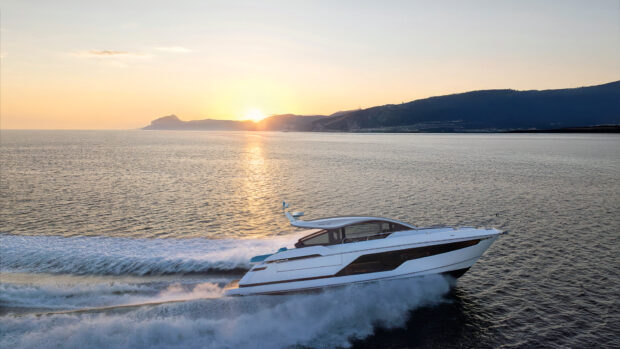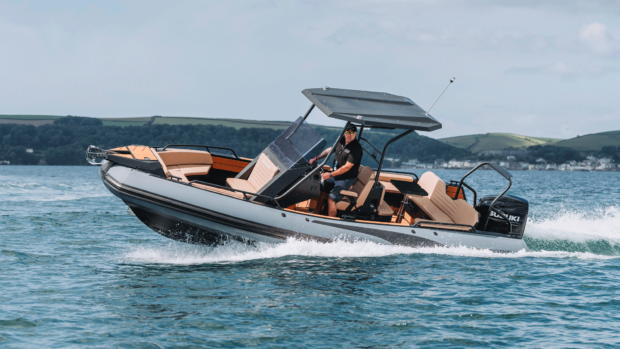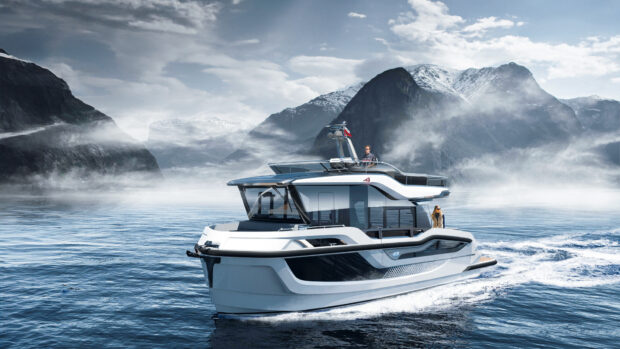The cost of small boat radars could significantly increase as a result of calls for tighter control of radio frequencies by the International Telecommunications Union (ITU)
The cost of small boat radars could significantly increase as a result of calls for tighter control of radio frequencies by the International Telecommunications Union (ITU).
Earlier this year the ITU, the Geneva headquartered organisation of government and telecom networks operators, said that radar operations could interfere with mobile phone communication on frequencies, bought for US$ billions buy operators, that are close to radar frequencies.
Marine radar operates on two wave bands, 2.9 to 3.1 GHz S band, and 9.2 to 9.5 GHz X band, the latter being the one commonly used for small craft radars. There are no plans to change these frequencies, but the problems are occurring at each end of these frequency bands where the radar transmissions are tending to overlap into the adjacent waveband.
The root of the problem is that the transmissions from a radar transmitter are not very frequency-precise. The magnetron which generates the powerful radar pulses is a crude instrument which does its job in an imprecise way that allows the transmissions wander out of the allocated frequency band.
At present there is no technical solution to this problem except possibly to use the continuously transmitting radars currently used for some military applications. This is currently an expensive solution which is unlikely to work for small craft radars.
The International Maritime Organisation (IMO) is endeavouring to protect the current radar transmissions, which it points out are essential to maritime safety. In a recent statement it said: “If these (calls for tighter frequency control) are realised the impact on the maritime radar community will be far reaching. Few current maritime radars will meet these proposals.”
Even so, new emission limits for radar have already been specified and will apply to all new radars from January 1, 2003. All existing radars will have to qualify by 2012, which probably means that current radars will be redundant.
Technical solutions to the problems of unwanted emissions are apparently complicated by the need for maritime radars to be capable of triggering and receiving responses from radar beacons and SARTS, and IMO is forecasting that it will take many years before solutions can be found.








